You may be familiar with shapes like macaroni, penne, spaghetti, and even ravioli. But these pasta shapes are so weird, they’ll make you raise your eyebrows and go — “Oh, mamma mia!” Let’s have a look at some funny-looking, unusual pasta shapes.
Testaroli
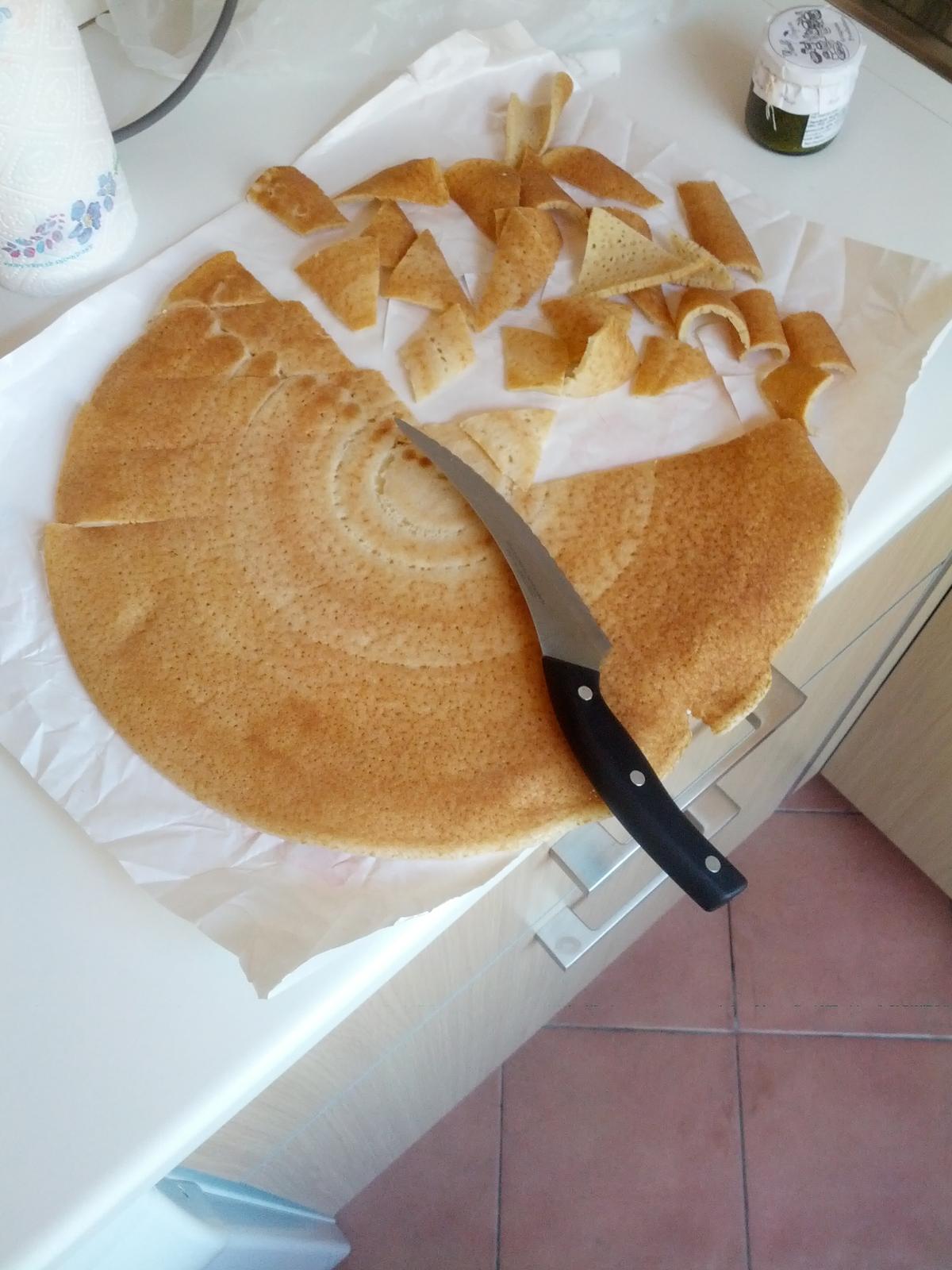
Testaroli. PHOTO: WIKIMEDIA COMMONS
Is it bread? Is it pasta? We’ll leave that to you to decide. Testaroli, or testarolo, is thin, spongy pasta, or bread that is prepared in circular crêpe-like sheets, and then sliced into diamond or rectangular shapes. Due to its spongy texture, it is often compared to a bread that is similar to Focaccia bread.
Having originated in the Lunigiana region of Italy, it is one of the oldest pastas in existence. Testaroli is prepared by mixing flour, water, and salt – some of the ingredients required for pasta dough – mixed into a batter, and then cooked on a flat surface made of terracotta or cast iron, called a testo, hence the name. It may be dressed with pesto or other ingredients such as olive oil, pecorino (a salty cheese made from sheep’s milk), parmesan cheese, and garlic.
Su Filindeu
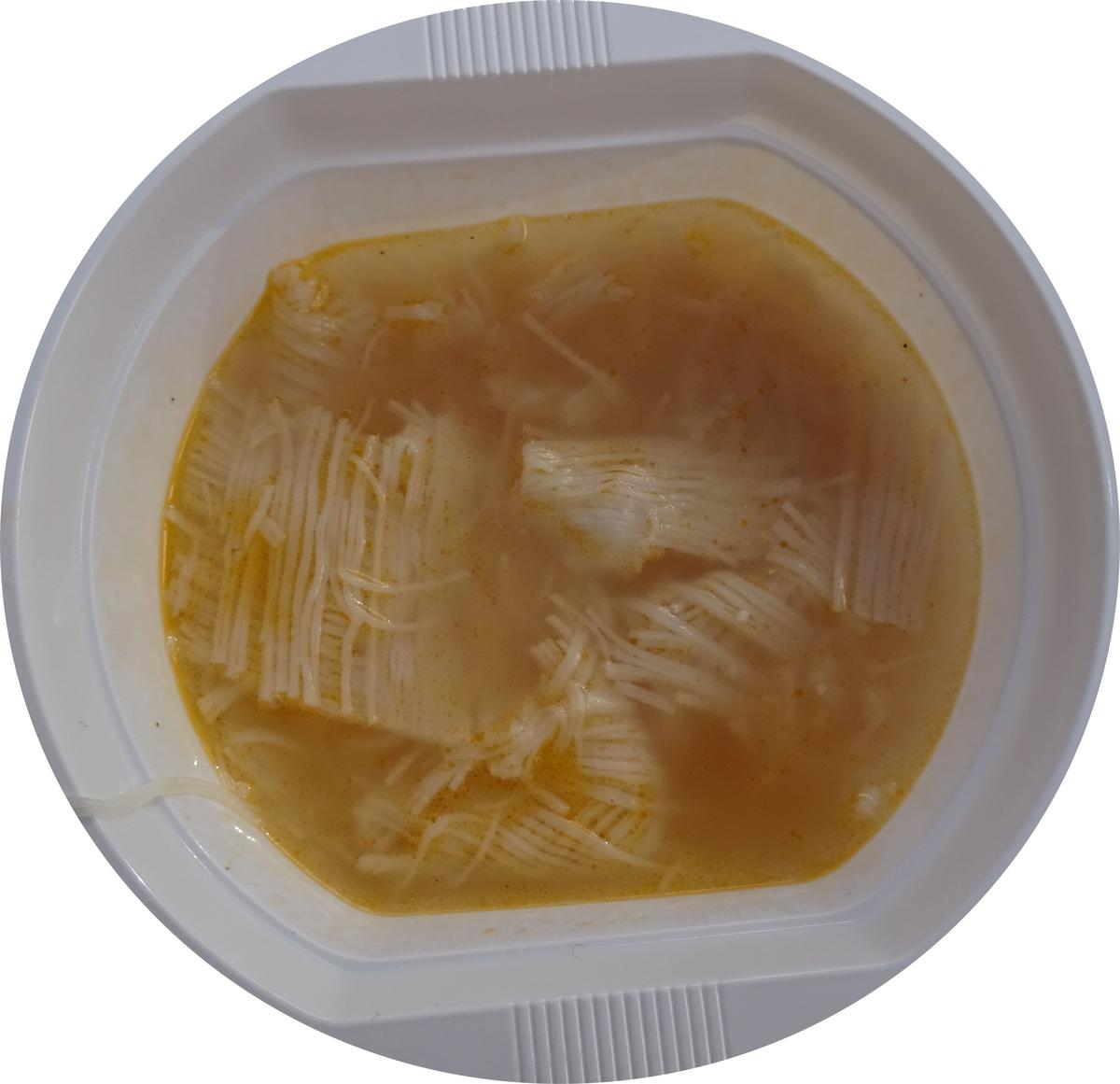
Filindeu in broth. PHOTO: WIKIMEDIA COMMONS
This rare and endangered pasta shape looks like the textile industry got dough instead of threads and giant sewing machines, and sure enough, that makes it not only the strangest, but also the most difficult pasta shape to master. This masterclass-worthy pasta shape originated from the mountains of the Barbagia region in Sardinia, an island on the Mediterranean sea.
Due to its endangered status, it is listed in the Ark of Taste, an international catalogue of endangered heritage foods which makes efforts to protect these at-risk foods which are sustainably produced, unique, and are distinctive. (Yes, people, you heard it! There’s an organisation for protecting endangered FOOD!)
Su Filindeu is made by folding and pulling semolina (sooji, as we call it) dough into very thin threads which are further laid in three layers on top of each other on a tray and dried to form textile-like sheets. The dried sheets are then broken into smaller pieces and traditionally served in mutton or sheep broth with Pecorino cheese.
Campanelle
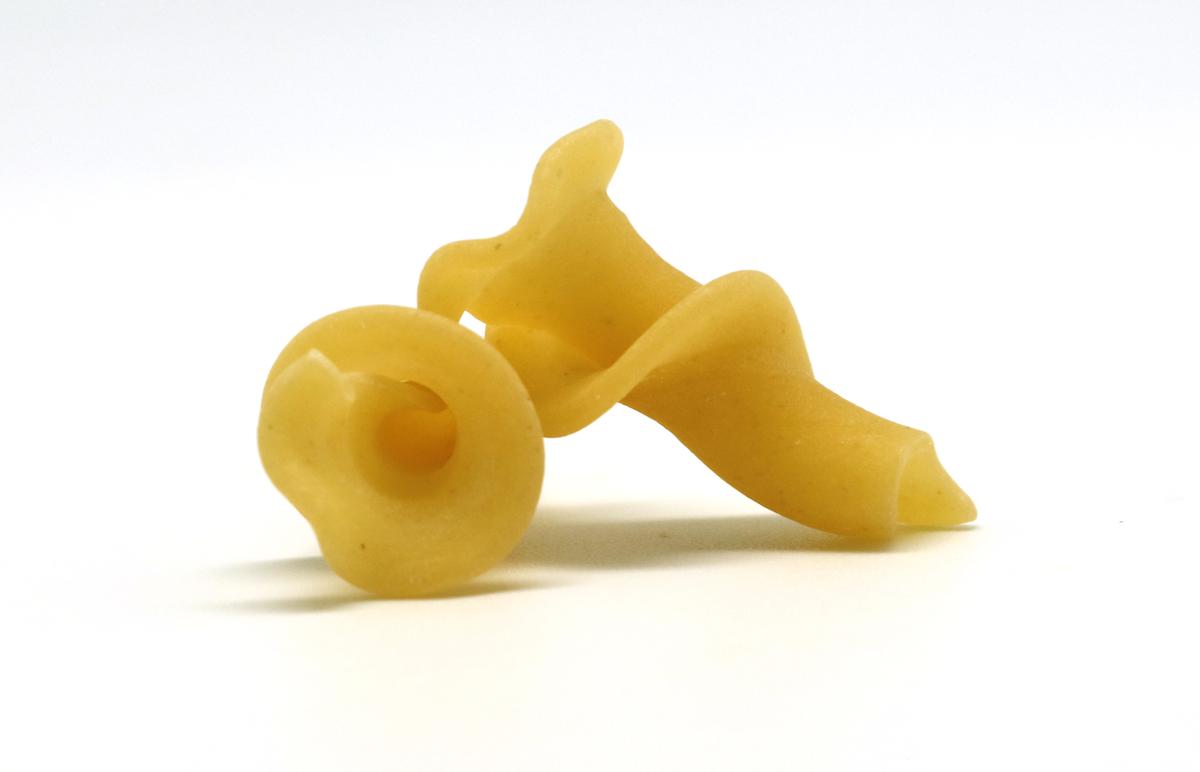
Campanelle or gigli. PHOTO: WIKIMEDIA COMMONS
These are probably one of the cutest pasta shapes on the list. The name translates to “little bells” or “bellflowers”, and as the name suggests, they are shaped like little cones with a ruffled edge – or better yet, a bell. Due to its floral shape, it’s also called gigli (‘lilies’) or trompetti (‘trumpets’).
These floral pasta shapes originate from Tuscany, and here’s a fun fact – the pasta is also connected to a very special Italian flower: the Florentine lily (which is technically not a lily, but an iris). It also helps to know that Tuscany is also called the “City of Lilies” due to the association with the flower.
These babies are pretty smartly shaped, too. The conical structure helps in holding the sauce quite well, giving a burst of the sauce in every bite. And hence, it is used in casserole dishes and dishes with a thick sauce.
‘A Caccavella
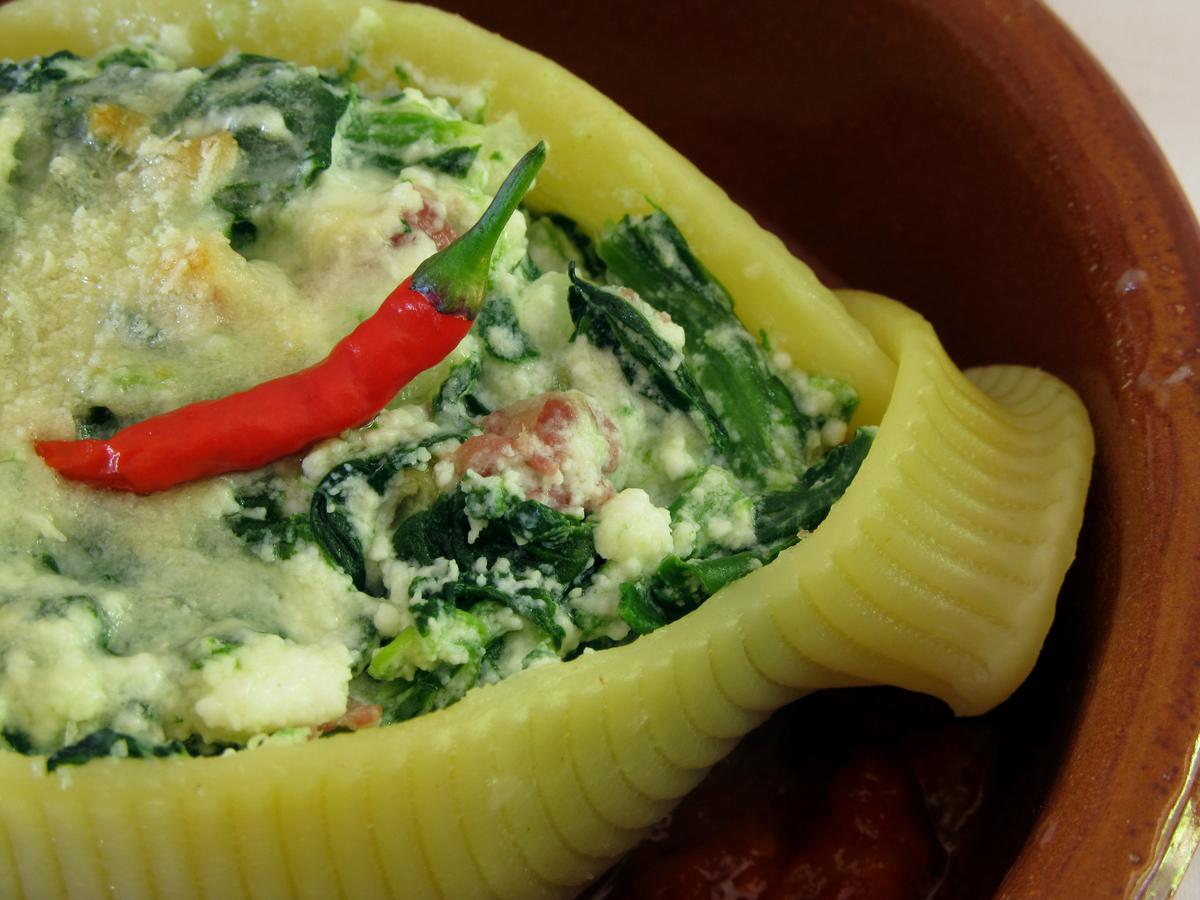
‘A Caccavella. PHOTO: WIKIMEDIA COMMONS
This pasta is interestingly shaped like a pot. Funnily enough, Caccavelle translates to “pots” in the Neapolitan dialect of Italian. But, what makes this even more worthy of a “DAMN!” is that it is the largest pasta shape in existence. A typical shell measures 9 centimetres in diameter and 6 centimetres in height, and weighs around 50 grams.
Originating from Gragnano, a town near Naples, Italy, this pasta is so huge that they are usually served stuffed in single portions. Fun fact, Gragnano is also where pasta was first produced commercially.
The most typical way to serve this pasta in a dish is with a filling of tomato sauce, mozzarella, minced meat and ricotta cheese. This is famously called Caccavelle Pasta alla Sorrentina, and is very traditional in the region of Campania.
Corzetti
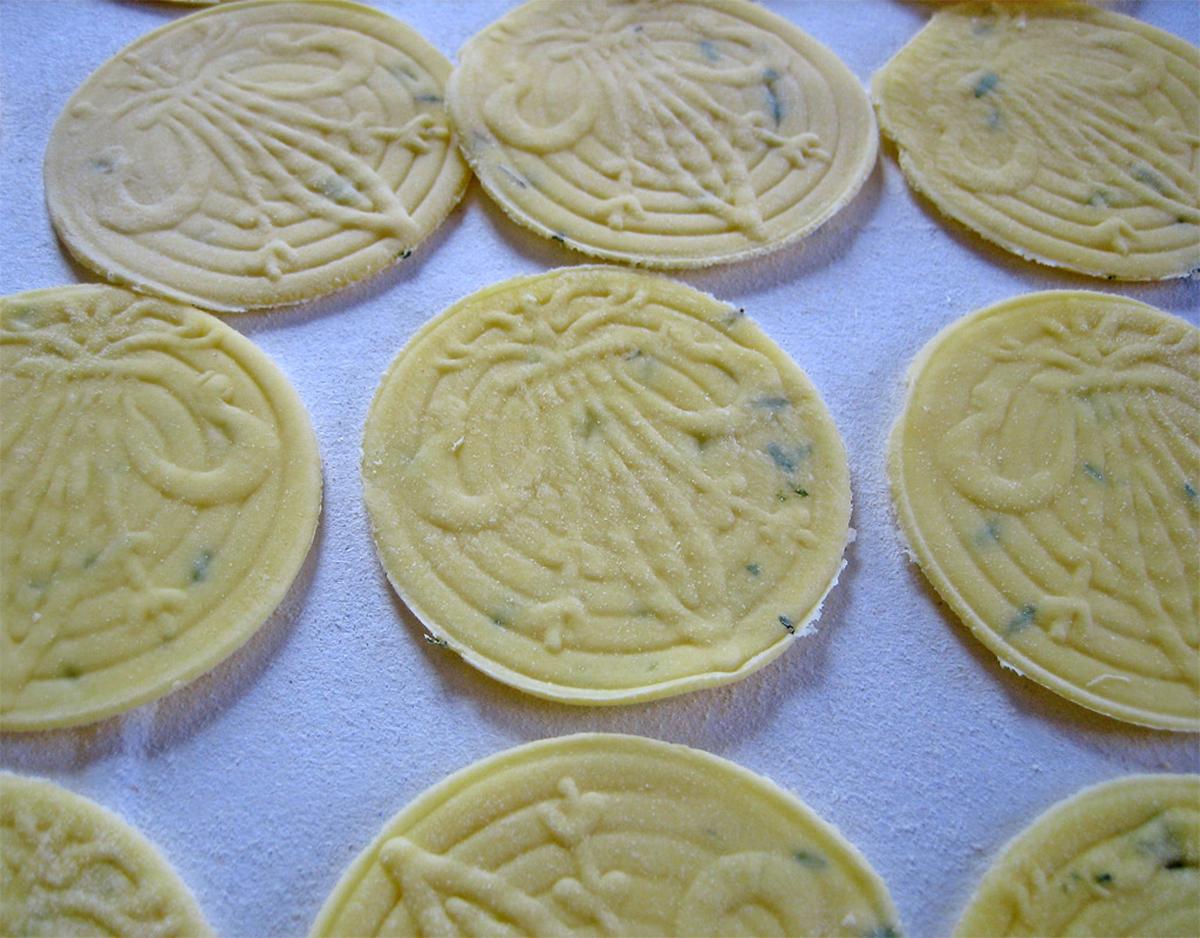
Corzetti. PHOTO: FLICKR
If you thought fun cut-outs with cookie cutters were too mainstream, here’s a pasta that takes aesthetic design to another different level: corzetti!
Hailing from Liguria in northwest Italy – along the border of France – corzetti has a very special unique selling point: an embossed little decoration on both sides of the shell that can be given by a special hand-carved piece of wood, or by machine. This makes it look like a seal, or a coin. At one point, the pasta shell had a family coat of arms engraved on them, now they have a regional coat of arms, or the manufacturer’s trademark.
On a side note, the name of the pasta is derived from the name of a Genoan coin, corzetto. Surely explains a lot, doesn’t it?
Cavatappi
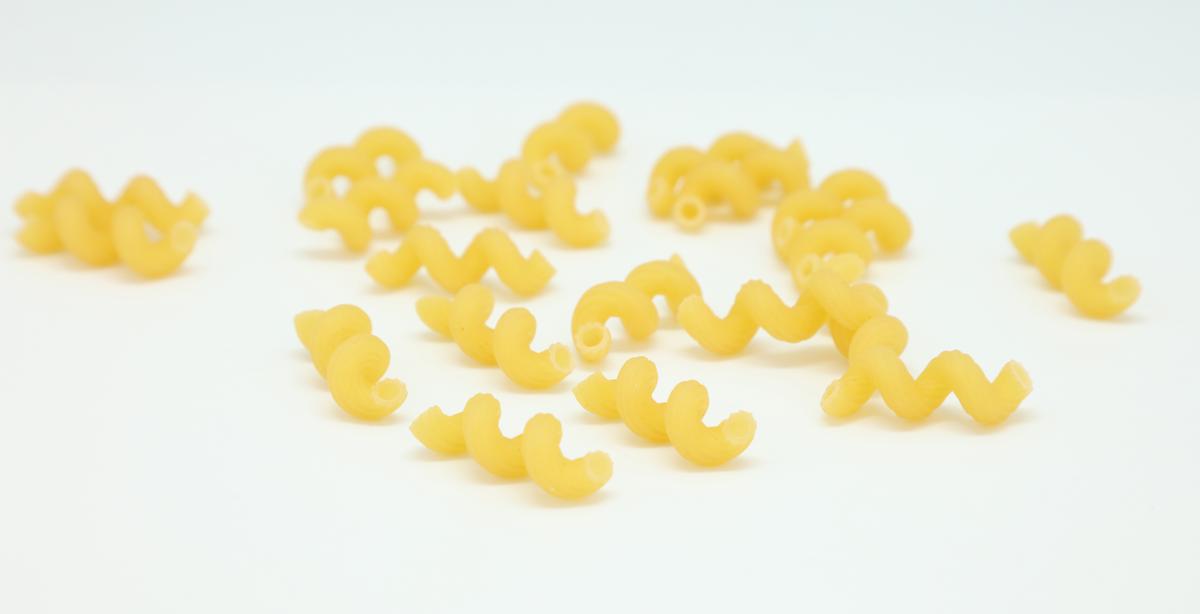
Cavatappi. PHOTO: WIKIMEDIA COMMONS
What if fusilli and macaroni are crossbred? Perhaps, it would look something like this. Cavatappi is essentially macaroni with a spiral shape like fusilli.
This pasta is also called spirali, and it originated in the 1970s, in a place called Barilla – one of Italy’s oldest food companies – in Parma, northern Italy. And its origin story is one of pleasure, too.
A set of pasta dies (metal plates used to impart a particular shape in the dough) were mistakenly made with a spiral set of lines, instead of a straight set. These dies produced pasta in a spiral or spring shape. Barilla decided to name it after Adriano Celentano – a singer-songwriter and actor from Italy, and one of the country’s greatest showmen – who was nicknamed Il Molleggiato (lit. “the bouncy one”) due to his energetic dancing. Because this name was already trademarked, other pasta producers gave it a different name, like cavatappi. (lit. corkscrews). And yes, DO NOT confuse this pasta with fusilli, even though that is also commonly called “corkscrew pasta”.
Published – October 07, 2025 01:15 pm IST




